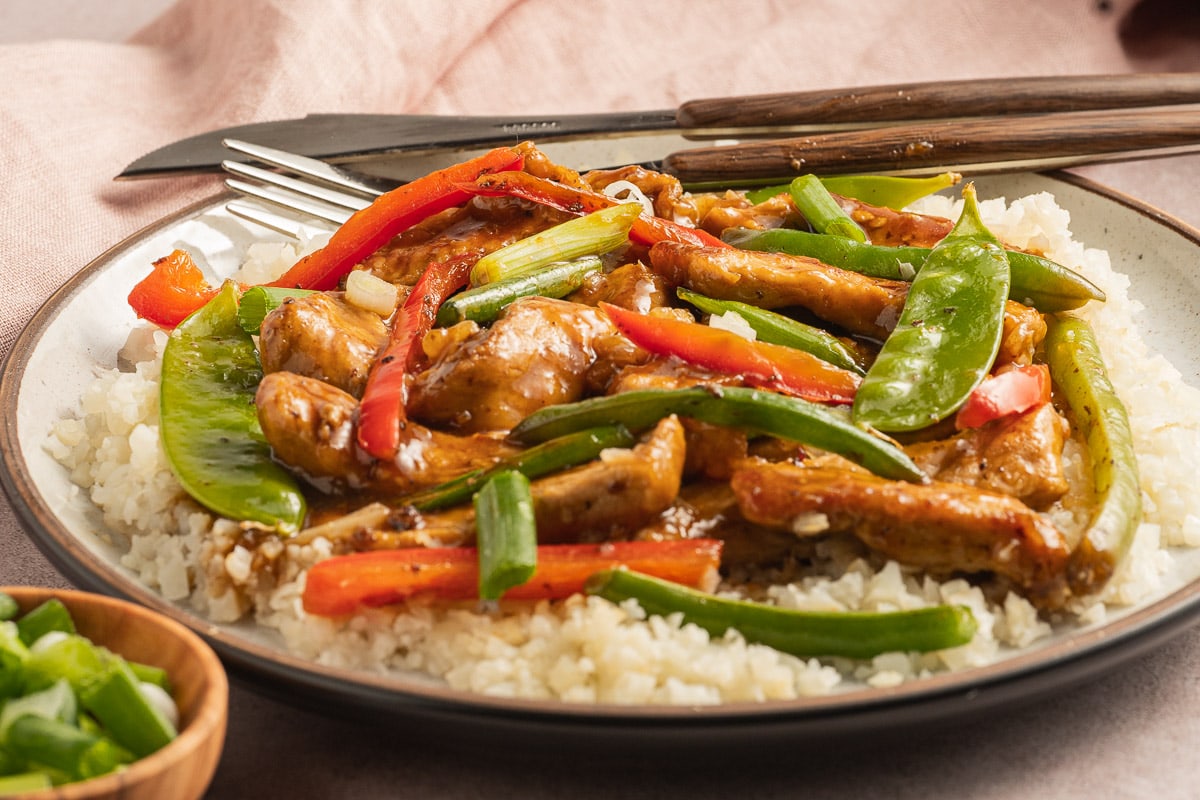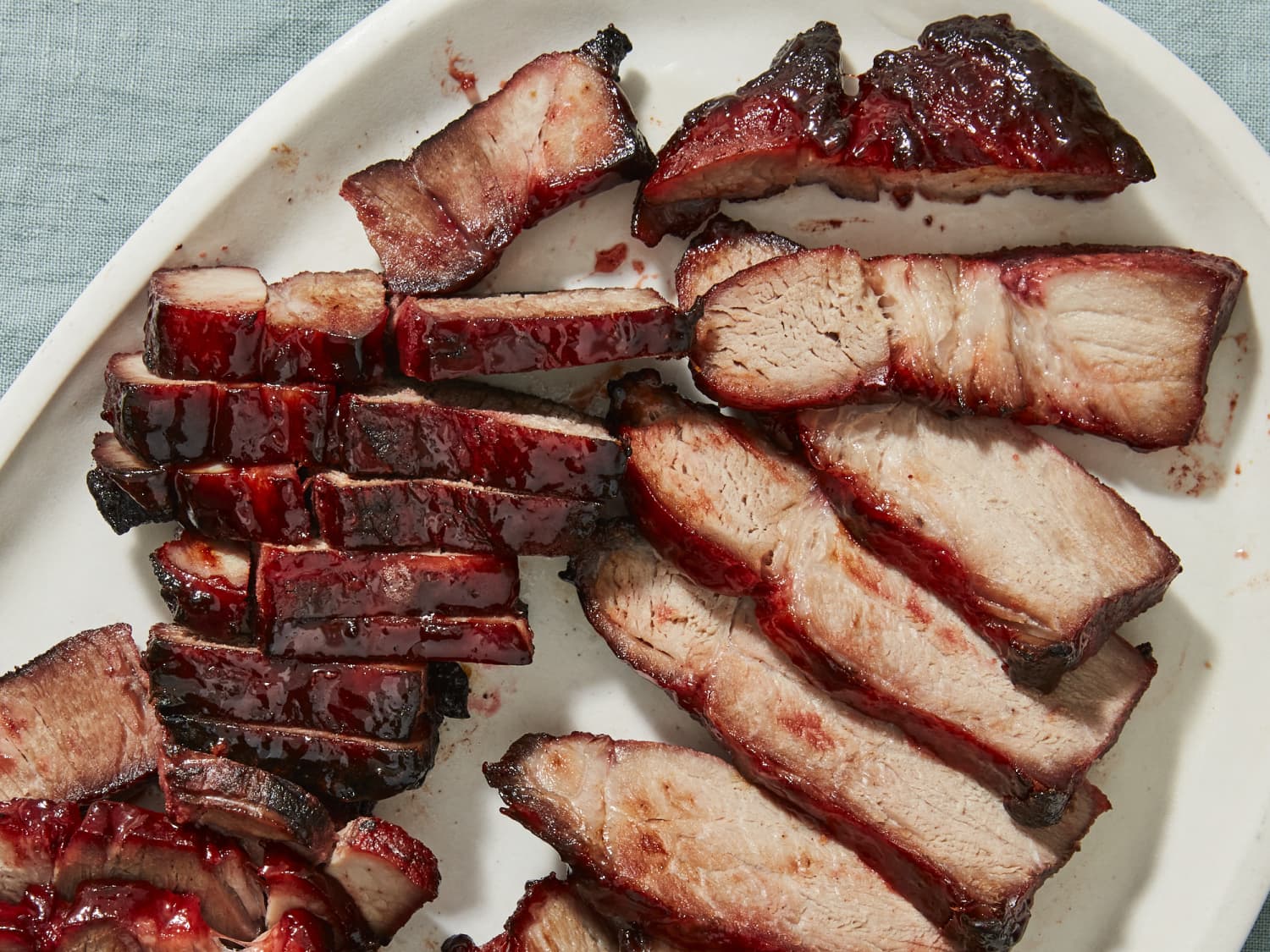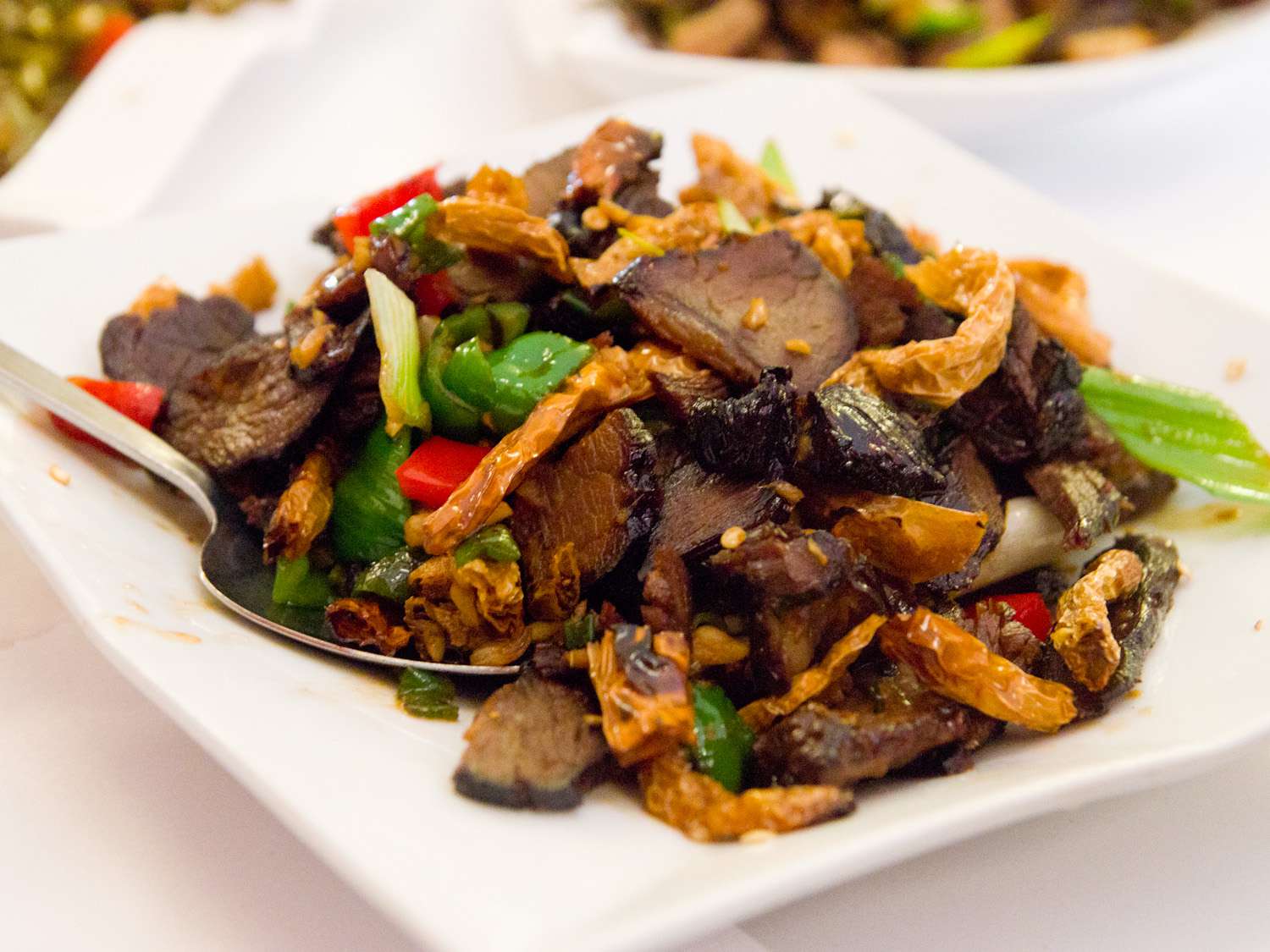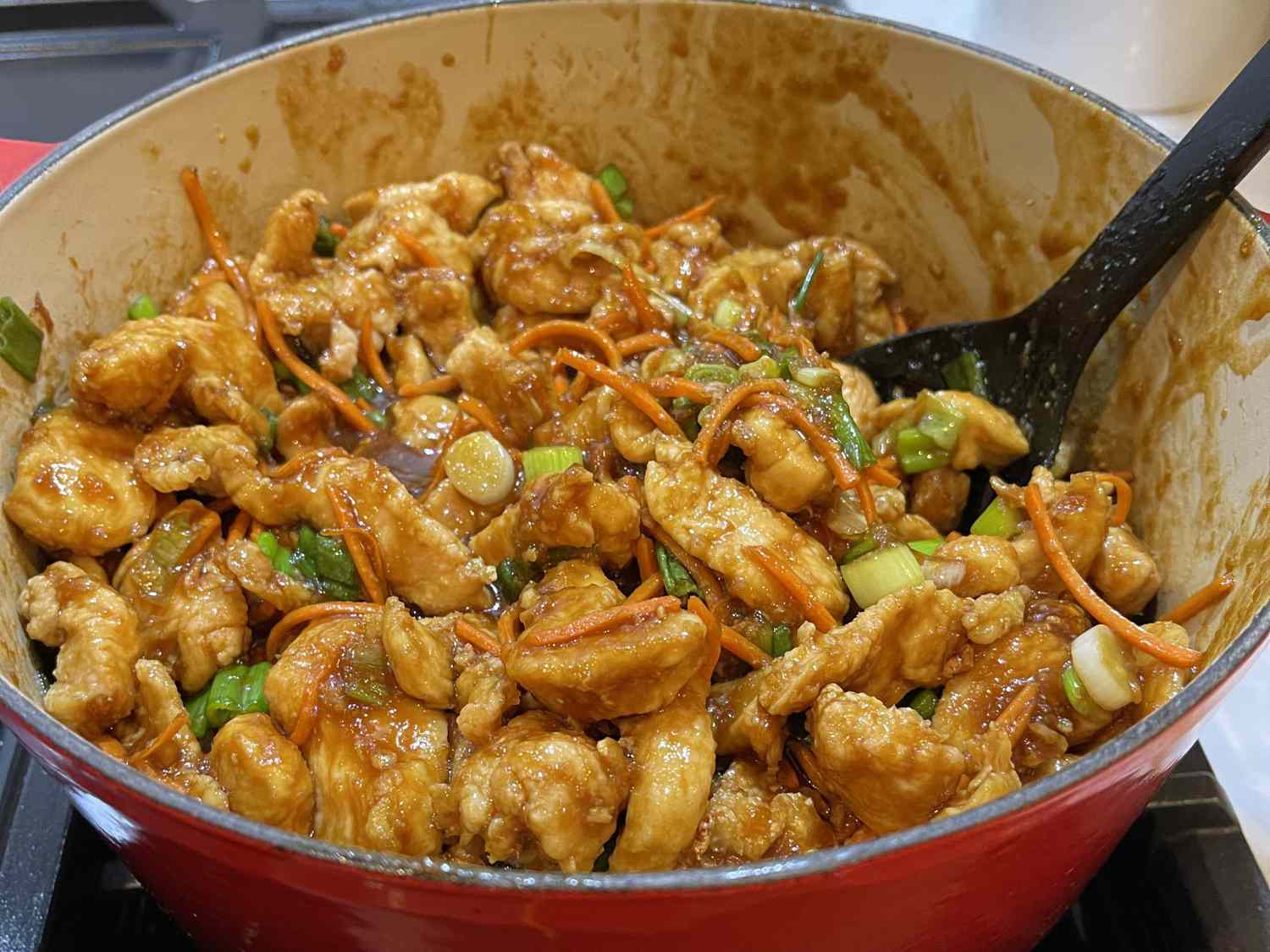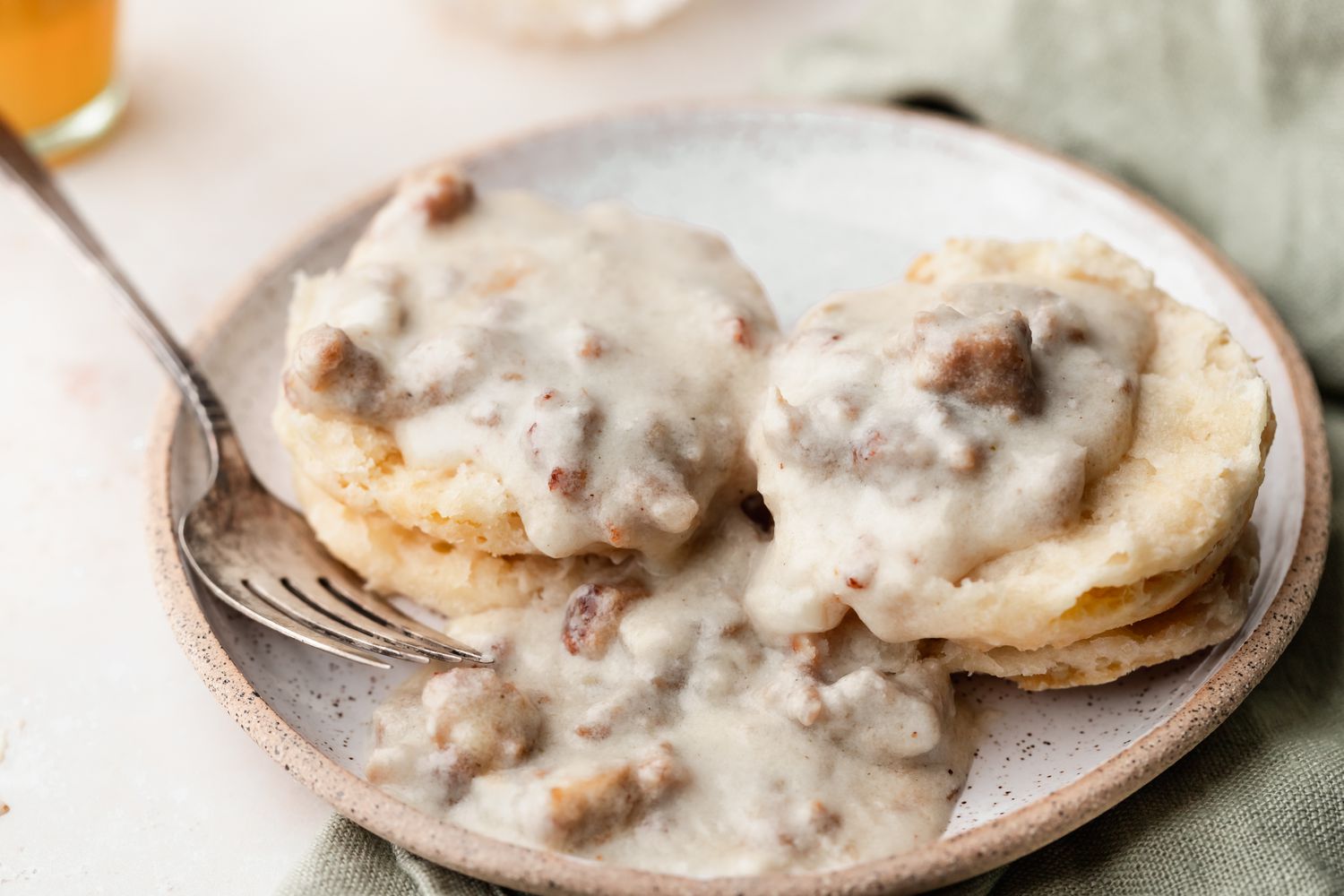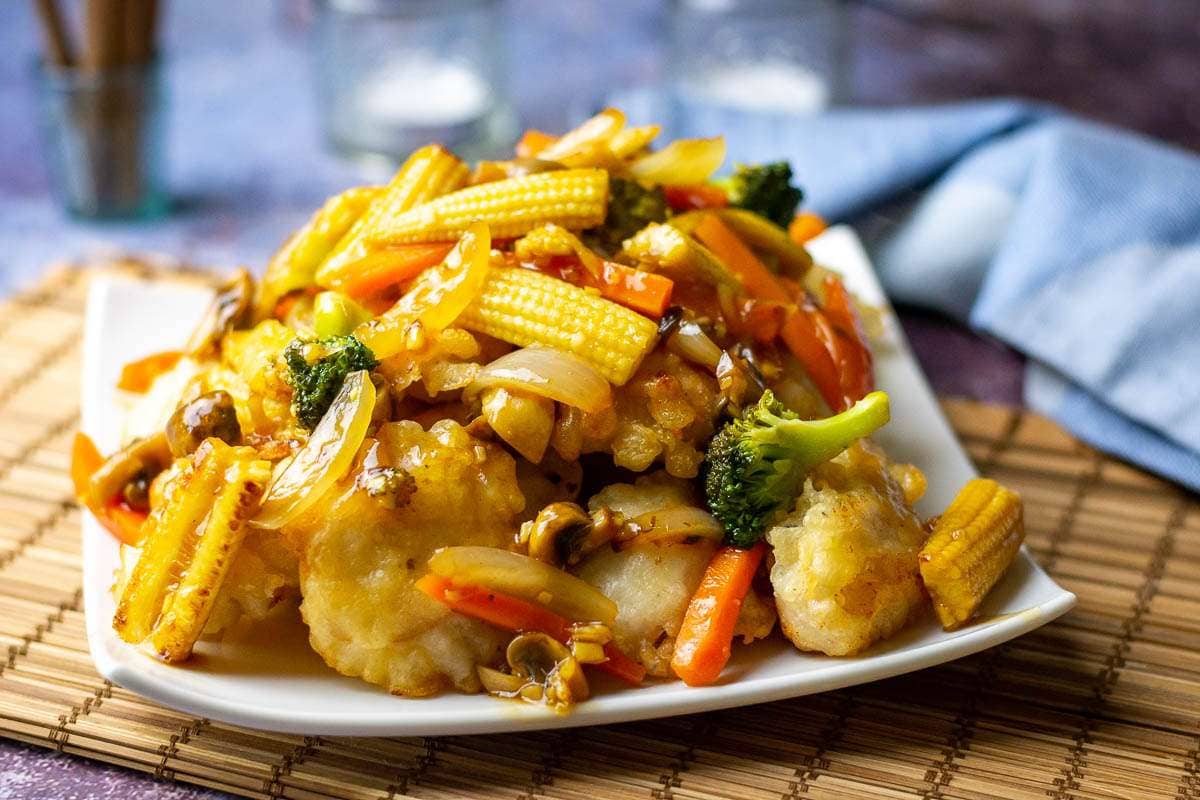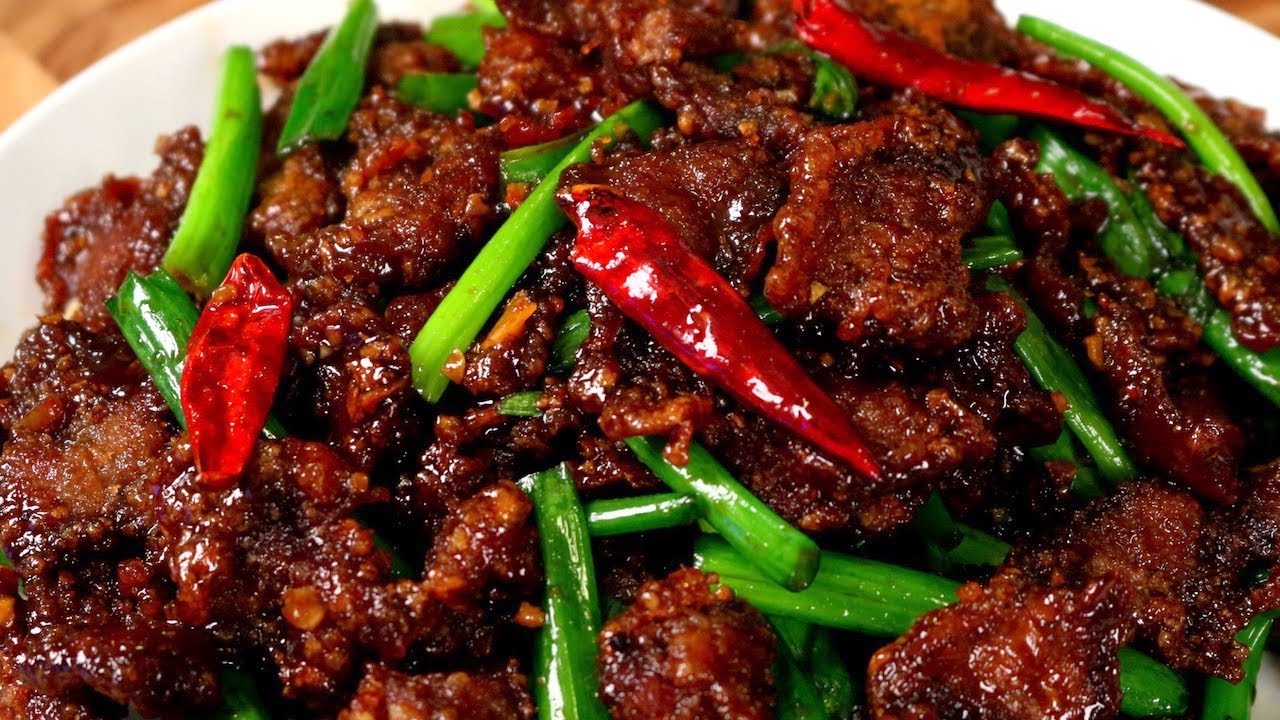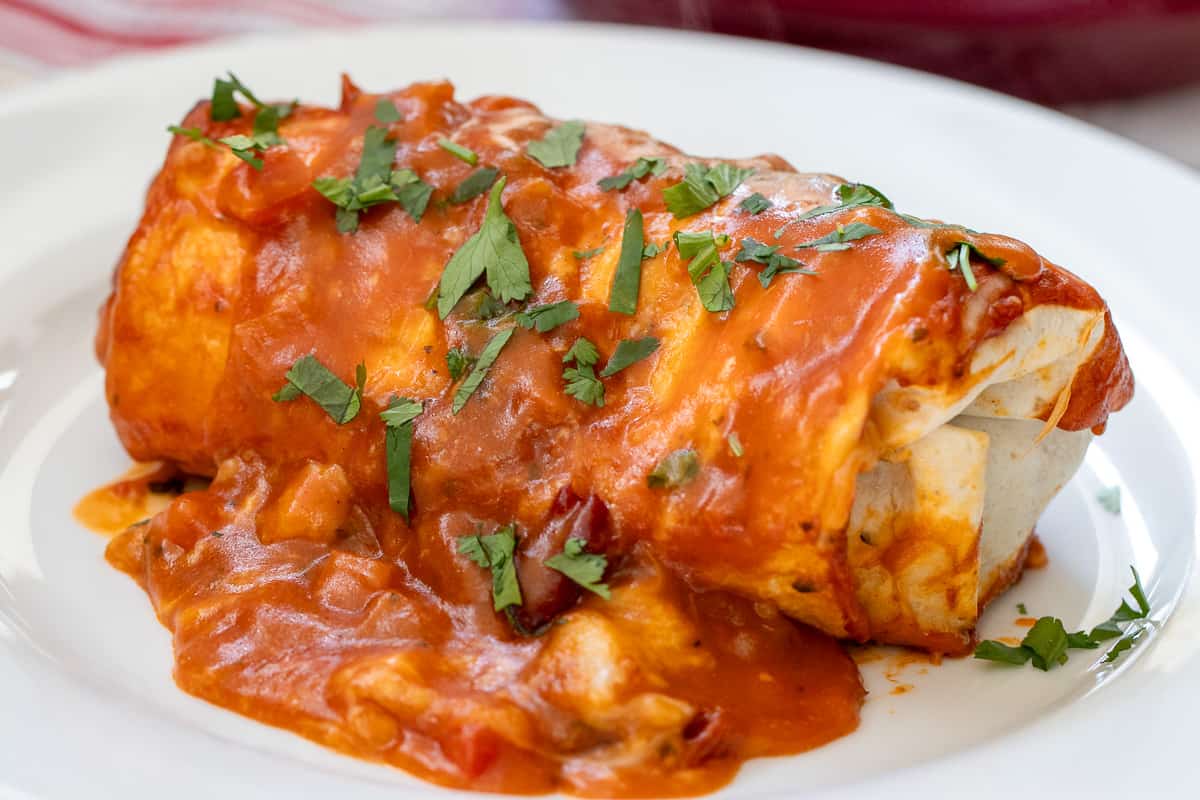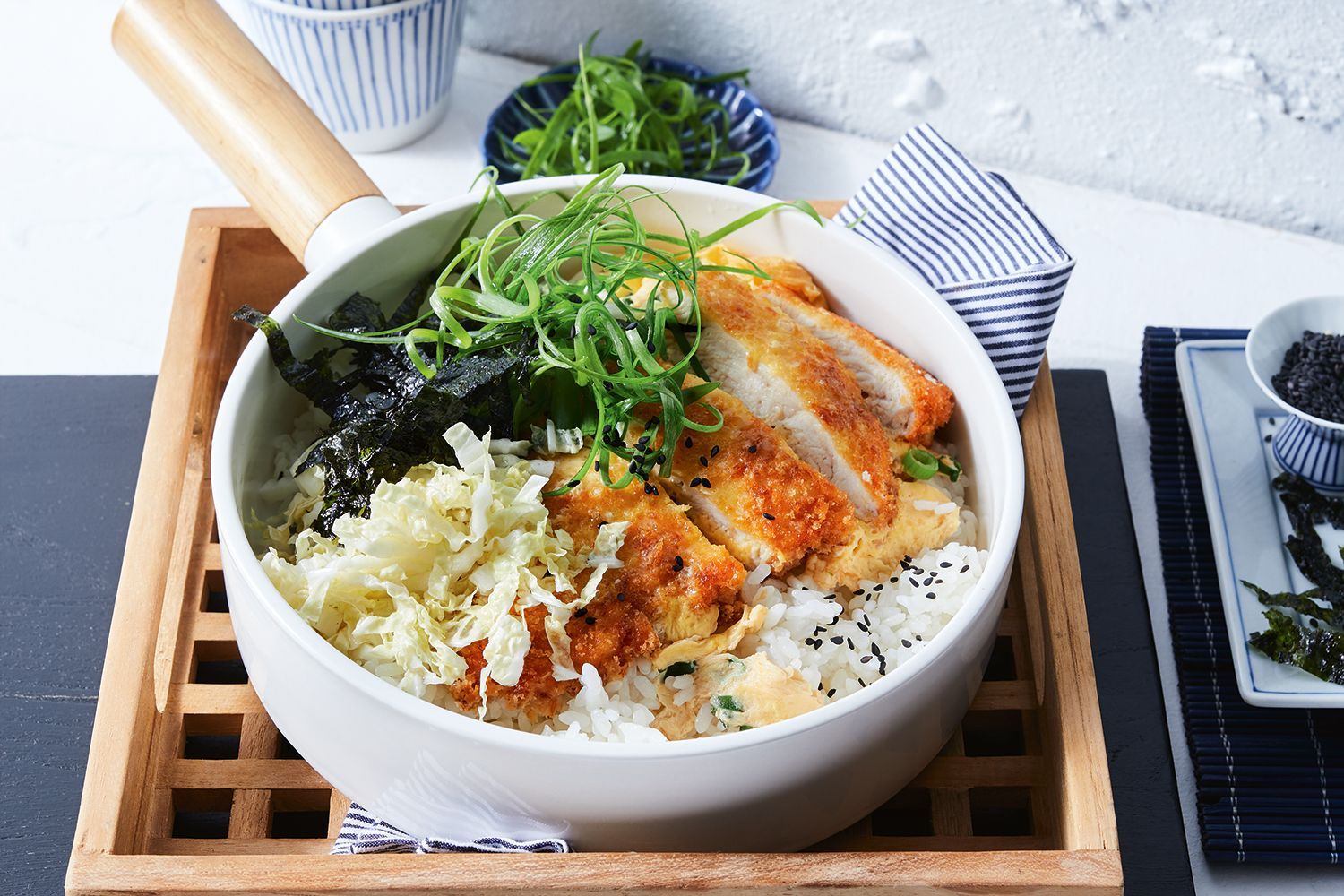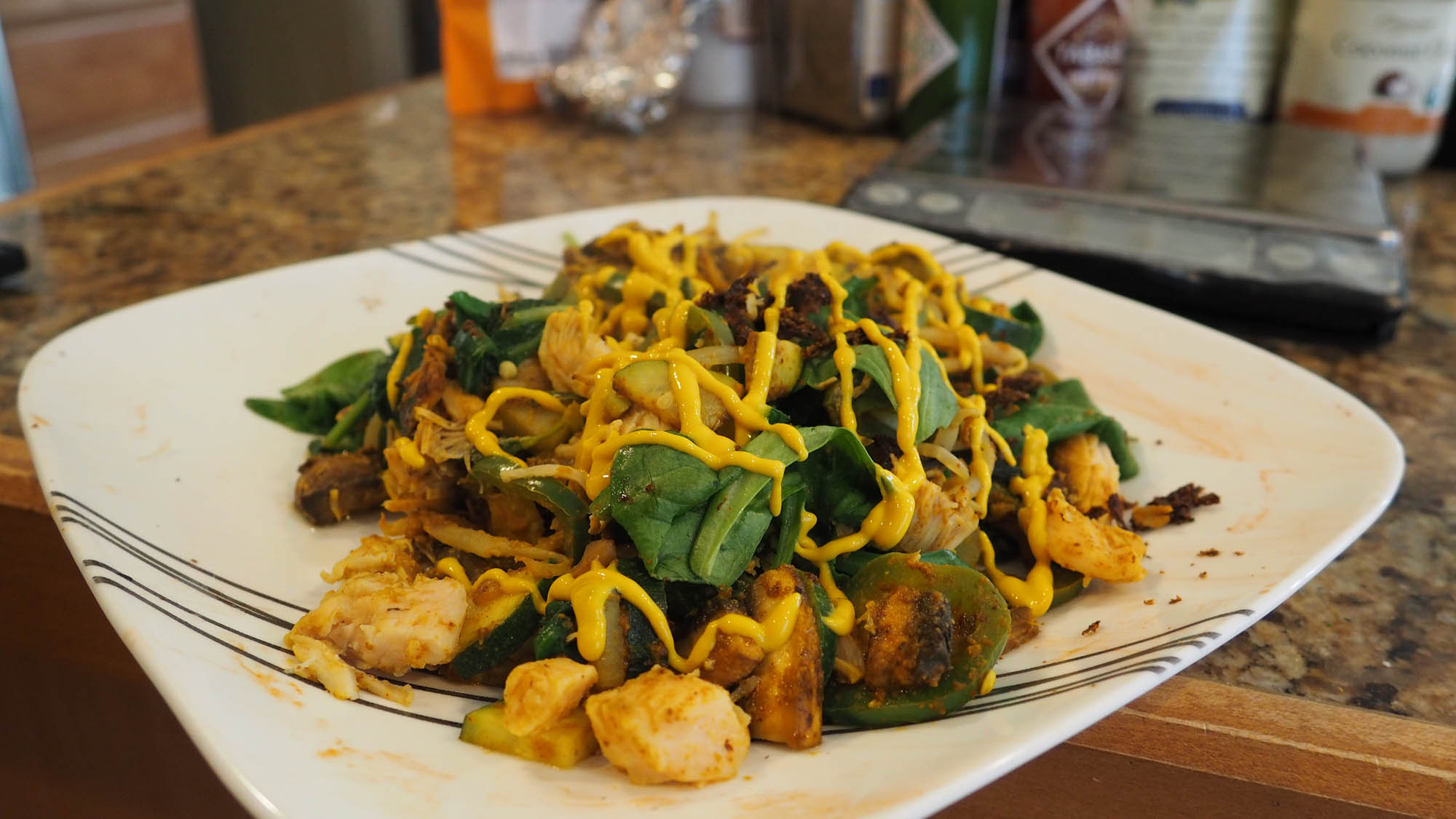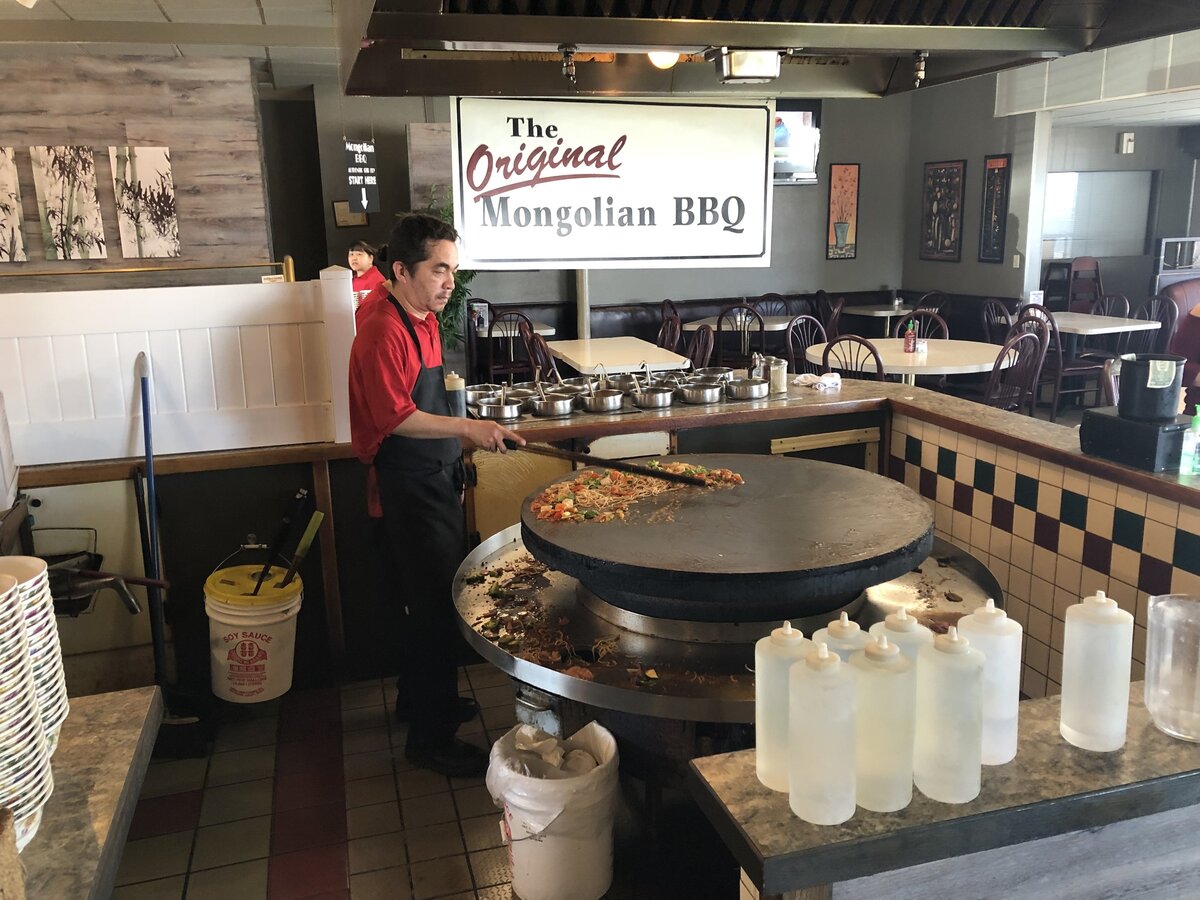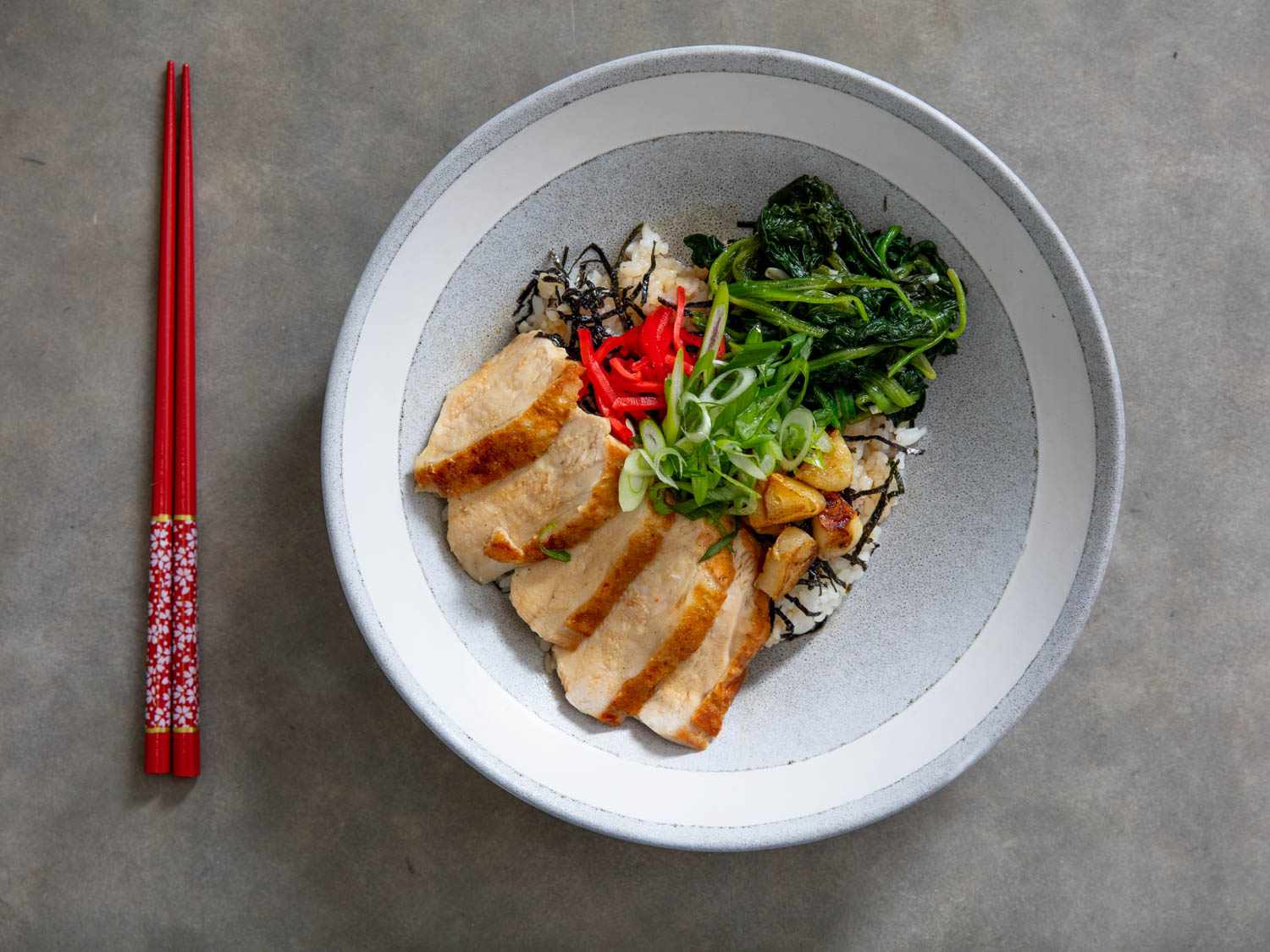Traditional Mongolian nomadic cooking methods offer a unique glimpse into a culture deeply connected to nature. These techniques, passed down through generations, rely on simple, locally-sourced ingredients and minimal equipment. Nomads often cook over open fires, using cast iron pots or stone grills. Dairy products, meat, and grains form the backbone of their diet. Fermented mare's milk, known as airag, and dried curds called aaruul are staples. The methods reflect a lifestyle of adaptability and resourcefulness, making the most of what the land provides. Exploring these cooking traditions reveals a rich heritage rooted in survival and community.
Essential Ingredients for Traditional Mongolian Nomadic Cooking
Ingredients
-
Meat
- Lamb or beef (2 lbs)
- Bone marrow (optional)
-
Dairy
- Fermented mare's milk (Airag) (1 cup)
- Dried curds (Aaruul) (1/2 cup)
-
Grains
- Barley flour (1 cup)
- Wheat flour (1 cup)
-
Vegetables
- Onions (2 medium)
- Garlic (4 cloves)
- Carrots (2 large)
- Potatoes (3 medium)
-
Spices and Seasonings
- Salt (to taste)
- Black pepper (1 tsp)
- Bay leaves (2)
-
Other Essentials
- Water (as needed)
- Cooking oil (2 tbsp)
- Butter (2 tbsp)
Tools Needed for Traditional Mongolian Nomadic Cooking Methods
Tools Needed for Traditional Mongolian Nomadic Cooking
-
Cast Iron Pot
Essential for cooking stews, soups, and boiling water. Durable and retains heat well. -
Wooden Ladle
Used for stirring and serving food. Gentle on cookware and adds a rustic touch. -
Knife
A sharp, versatile knife for cutting meat, vegetables, and other ingredients. -
Cutting Board
Provides a clean surface for chopping and slicing. Preferably wooden for authenticity. -
Firewood
Necessary for building a fire to cook food. Gather dry wood for best results. -
Tripod Stand
Holds the pot over the fire. Adjustable height for controlling cooking temperature. -
Leather Pouch
Used for storing spices, herbs, and small ingredients. Keeps items organized and portable. -
Metal Skewers
Ideal for grilling meat over an open flame. Sturdy and reusable. -
Water Container
Stores water for cooking and drinking. Often made from leather or metal. -
Felt Mat
Provides a clean area for food preparation. Easy to roll up and transport. -
Tongs
Useful for handling hot food and adjusting firewood. Long handles for safety. -
Grinder
For grinding spices and grains. Traditional versions are often hand-operated. -
Leather Gloves
Protects hands from heat and rough materials. Essential for handling firewood and hot cookware. -
Storage Bags
Used for carrying and storing food supplies. Typically made from durable fabric or leather. -
Portable Grill
A small, foldable grill for cooking meat and vegetables. Convenient for nomadic lifestyle. -
Wooden Bowls
For serving food. Lightweight and easy to carry. -
Spoons
Wooden or metal spoons for eating and serving. Durable and easy to clean. -
Herb Pouch
Keeps fresh herbs handy. Often made from breathable fabric to maintain freshness. -
Butter Churn
Traditional tool for making butter. Hand-operated and essential for dairy products. -
Milk Pail
Used for collecting and storing milk. Typically made from metal or wood. -
Cheesecloth
For straining liquids and making cheese. Versatile and reusable. -
Yurt Stove
Portable stove used inside a yurt. Provides heat and a cooking surface. -
Fermentation Jar
For making fermented foods like yogurt and cheese. Airtight and easy to transport. -
Salt Block
Used for seasoning and preserving food. Natural and long-lasting. -
Drying Rack
For drying meat, herbs, and other ingredients. Portable and easy to set up. -
Whetstone
Keeps knives sharp. Essential for maintaining cutting tools. -
Leather Apron
Protects clothing from spills and splatters. Durable and easy to clean.
Traditional Mongolian nomadic cooking uses simple tools like cast-iron pots and open fires. Techniques include boiling meat in milk, grilling on hot stones, and fermenting dairy products for unique flavors.
Why These Methods Are Important
Traditional Mongolian nomadic cooking methods reflect a deep connection to nature and survival. Using simple tools like cast-iron pots and open fires, these methods preserve the flavors of the steppes. Fermented dairy products, meat, and wild herbs are staples, showcasing a resourceful approach to sustenance.
These techniques emphasize sustainability and minimal waste. By utilizing every part of an animal and relying on locally-sourced ingredients, nomadic cooking supports a balanced ecosystem. This culinary heritage not only nourishes the body but also strengthens cultural identity and community bonds.
Step-by-Step Guide to Traditional Mongolian Nomadic Cooking
Exploring Traditional Mongolian Nomadic Cooking Methods
**1. Gathering Ingredients
- Meat: Typically mutton or goat.
- Dairy: Milk, yogurt, cheese.
- Grains: Barley, millet, wheat.
- Vegetables: Onions, garlic, potatoes.
**2. Preparing the Fire
- Collecting Dung: Use dried animal dung as fuel.
- Building the Fire: Arrange dung in a circle. Light with matches or flint.
- Maintaining Heat: Keep adding dung to maintain a steady flame.
**3. Using the Khorkhog Method
- Selecting a Pot: Use a metal container with a tight lid.
- Heating Stones: Place smooth stones in the fire until red-hot.
- Layering Ingredients: Place meat, vegetables, and seasonings in the pot.
- Adding Stones: Alternate layers of hot stones and ingredients.
- Sealing the Pot: Secure the lid tightly to trap steam.
- Cooking Time: Cook for 1-2 hours, shaking occasionally.
**4. Using the Boodog Method
- Preparing the Animal: Skin and gut a goat or marmot.
- Stuffing: Fill the carcass with hot stones, onions, garlic, and seasonings.
- Sealing: Sew the openings with thread or wire.
- Roasting: Place the stuffed animal over an open flame. Rotate frequently.
- Cooking Time: Roast for 1-2 hours until the meat is tender.
**5. Making Airag (Fermented Mare’s Milk)
- Milking Mares: Collect fresh mare’s milk.
- Fermenting: Pour milk into a leather bag or wooden barrel.
- Stirring: Stir the milk vigorously several times a day.
- Fermentation Time: Allow to ferment for 2-3 days.
- Serving: Serve chilled or at room temperature.
**6. Preparing Aaruul (Dried Curd)
- Curdling Milk: Boil milk and add starter culture.
- Straining: Strain the curdled milk through a cloth.
- Shaping: Form curds into small pieces or shapes.
- Drying: Place curds on a rack in the sun.
- Drying Time: Dry for several days until hard.
**7. Cooking with a Ger Stove
- Setting Up: Place the stove in the center of the ger.
- Fueling: Use dung or wood as fuel.
- Cooking: Use the stove for boiling, frying, or baking.
- Temperature Control: Adjust the airflow to control heat.
**8. Making Tsuivan (Noodle Stew)
- Preparing Noodles: Make fresh noodles from flour and water.
- Cooking Meat: Fry meat and vegetables in a pan.
- Adding Noodles: Add noodles to the pan with water or broth.
- Simmering: Cook until noodles are soft and flavors blend.
**9. Storing Food
- Drying Meat: Hang strips of meat to dry in the sun.
- Storing Dairy: Keep cheese and curds in cool, dry places.
- Using Airtight Containers: Store grains and vegetables in sealed containers.
**10. Serving and Eating
- Communal Eating: Share food in a communal setting.
- Using Hands: Eat with hands or simple utensils.
- Respecting Traditions: Follow customs and etiquette during meals.
The Heart of Mongolian Nomadic Cooking
Traditional Mongolian nomadic cooking methods offer a unique glimpse into a culture deeply connected to its land and livestock. Using simple ingredients like mutton, dairy, and wild herbs, these recipes create hearty, flavorful dishes. Techniques such as boiling, steaming, and roasting over open fires highlight the resourcefulness of nomadic life.
Cooking in a ger (yurt) with minimal tools, Mongolians have perfected the art of making the most out of what’s available. Dishes like buuz (steamed dumplings) and khorkhog (meat cooked with hot stones) are not just meals but a testament to their enduring traditions.
By embracing these methods, you can bring a piece of Mongolia’s rich culinary heritage into your own kitchen. Give it a try and experience the warmth and simplicity of nomadic cooking.
Common Questions About Traditional Mongolian Nomadic Cooking
What are some traditional Mongolian cooking methods?
Traditional Mongolian cooking methods include boiling, steaming, and roasting. They often use a metal pot called a "kettle" over an open fire. Stone grilling is also popular, where hot stones are placed inside a carcass to cook the meat from the inside out.
What ingredients are commonly used in Mongolian cuisine?
Mongolian cuisine relies heavily on meat, especially mutton, beef, and horse meat. Dairy products like yogurt, cheese, and milk are also staples. Vegetables are less common due to the harsh climate but include potatoes, carrots, and cabbage.
How do Mongolians preserve their food?
Mongolians use drying and fermenting to preserve food. Meat is often dried in the sun or wind, while dairy products are fermented to make items like airag (fermented mare's milk) and aruul (dried curds).
What is Boodog and how is it prepared?
Boodog is a traditional Mongolian dish where a whole animal, usually a goat or marmot, is cooked from the inside out. Hot stones are placed inside the cleaned carcass along with seasonings. The animal is then sealed and roasted over an open flame.
What role does dairy play in Mongolian cooking?
Dairy is a significant part of the Mongolian diet. They make various products like yogurt, cheese, and butter. Fermented milk drinks like airag are also popular. Dairy provides essential nutrients and is a key source of protein and calcium.
Are there any special utensils used in Mongolian cooking?
Yes, Mongolians use a kettle for boiling and steaming, and a grill for roasting. They also use hot stones for dishes like Boodog. Traditional knives and wooden bowls are common for preparing and serving food.
